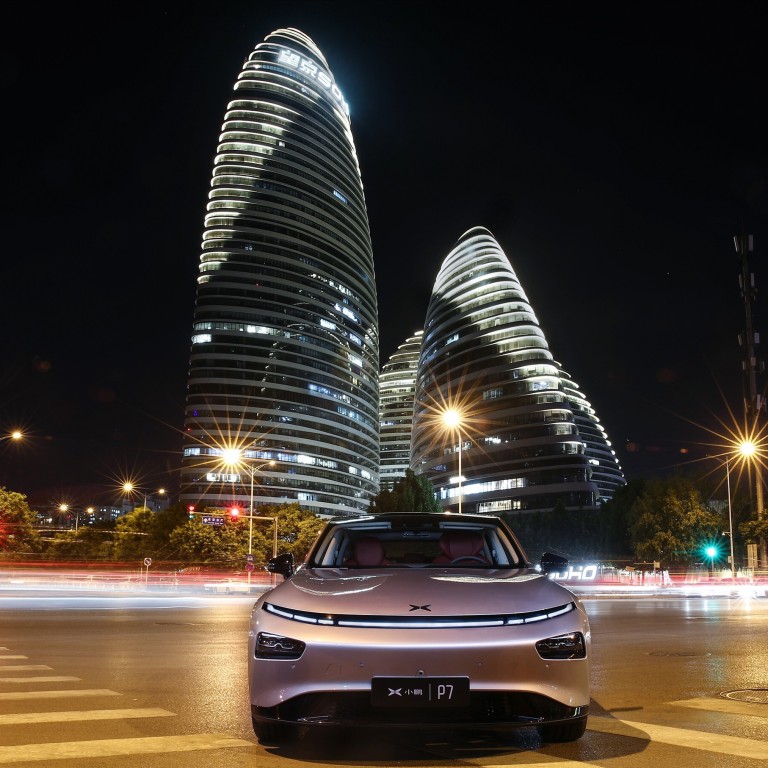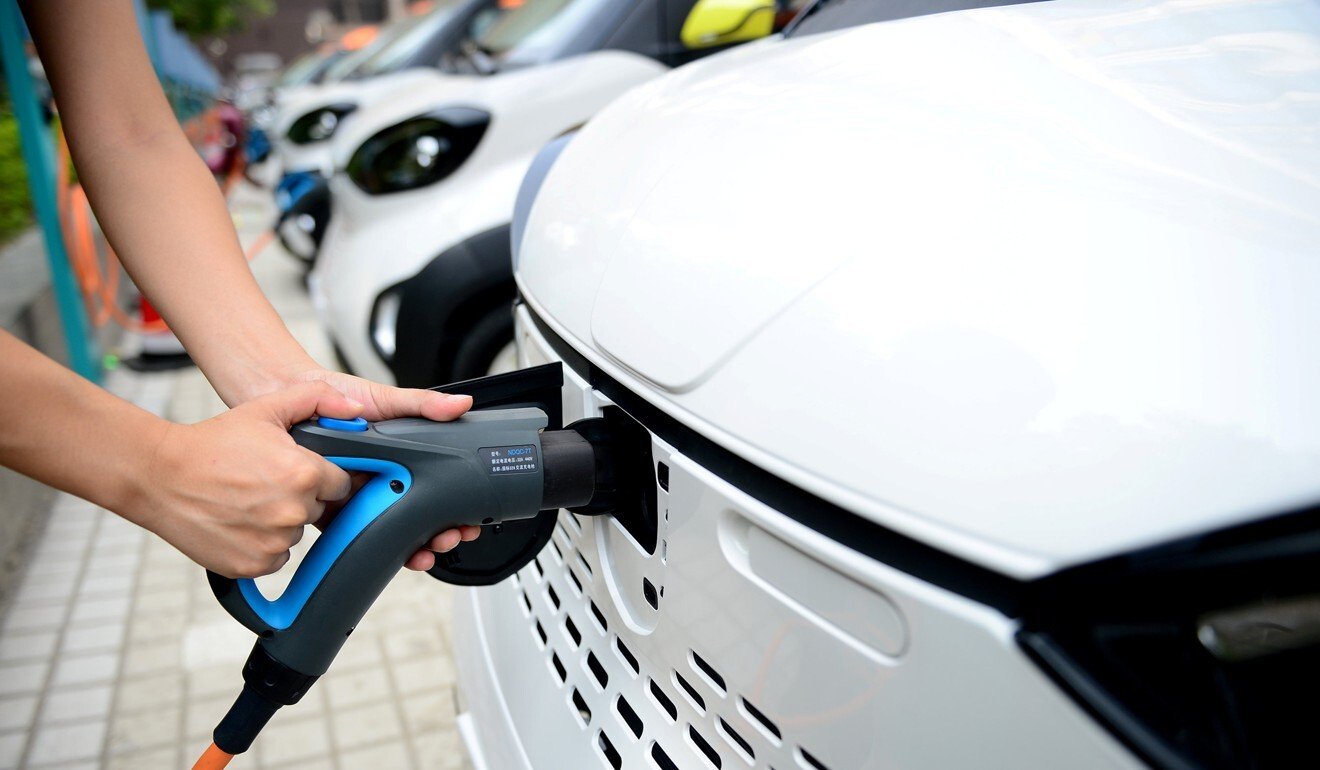
China promotes new-energy vehicles in drive to get economy back on track
- Beijing promises to build more charging facilities and filling stations, and encourage the wider use of new-energy vehicles by government agencies
- A pillar of China’s economy, car sales have begun to show signs of life after one of the worst years on record
In a statement published on Friday, the government said the focus of the plan was to unify the domestic market, improve industrial concentration and sharpen market competitiveness. That would include the construction of more charging facilities and filling stations for electricity- and hydrogen-powered cars, as well as the wider use of new-energy vehicles by government agencies, it said.
Also, by next year, at least 80 per cent of all public sector vehicles – including buses, taxis and municipal trucks – operating in ecological pilot zones and areas with high levels of air pollution would be driven by clean energy, it said.

One of the major drivers of China’s economic recovery after the 2008 global financial crisis, the industry has struggled in recent years, with sales by volume falling 8.2 per cent in 2019 and 2.8 per cent the year before.
In February of this year, with much of the country in lockdown, car sales fell by more than 79 per cent year on year.
Official figures show August sales grew 11.6 per cent year on year to 2.2 million units, but for the first eight months of 2020 dropped by 9.7 per cent to 14.6 million.

As a whole, China’s economy fell by 1.2 per cent in the first half of the year, though Morgan Stanley has forecast a 5 per cent rise in gross domestic product for the third quarter on the back of strong exports and improving consumer spending at home. Standard Chartered Bank was even more optimistic, forecasting 5.5 per cent growth for the period.
To help revitalise the car market, the government has loosened purchase restrictions in several major cities and introduced a number of preferential tax policies.
Shanghai and Tianjin have both increased their annual licence plate quotas, by 40,000 and 35,000 respectively, while Beijing has allocated an extra 20,000 plates for new-energy vehicles.
China’s car sales show signs of growth as market recovers from coronavirus impact
In Hubei, the central China province where the coronavirus was first identified, the government said earlier this month that all buyers of new cars between October and March 2021 would be entitled to a subsidy equivalent to 3 per cent of the sales price.
Beijing securities firm Essence Securities said in a note on Thursday that government stimulus policies had “turned auto sales to positive growth from April” and that it “expected a continued strong recovery in the near future”.

